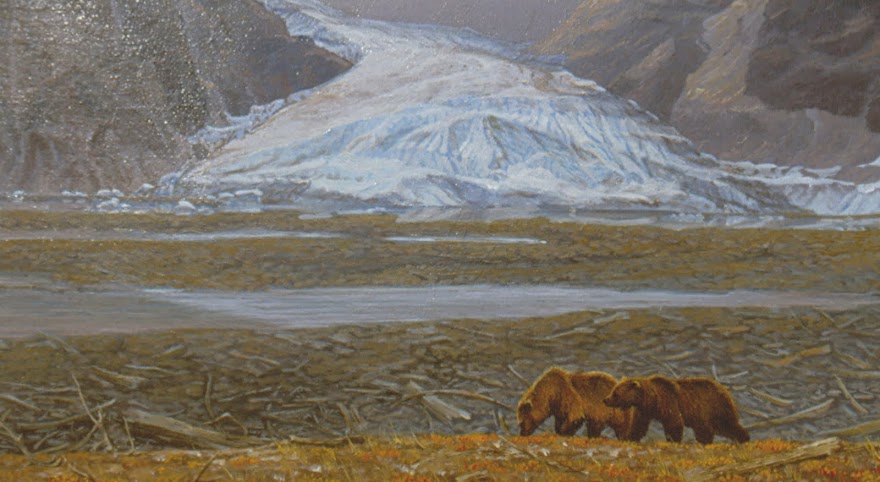Continuing our visit to Gull Island I got this shot of a window in the rocks.
It will probably be a long, stressful Summer for these kittiwakes if they keep squabbling for space throughout the whole breeding season. Wait until there are growing chicks in the nests to take up even more precious room.
The lower rocks just above the waterline were occupied by hundreds of Surfbirds. They will only be present for a few weeks. We have also had a lot of Surfbirds along the coastal trail in Anchorage this Spring.
I got close to them but the light was harsh and the barnacles partially camouflaged the bird in the composition.
Another Surfbird blends into the background as well.
The top of the island was dominated by Common Murres.
The murres and everything else give way to a Bald eagle. This sub-adult eagle had an unusual amount of white in its plumage. Nobody was crowding this youngster.
Tufted Puffins nest in burrows on the island. These may have taken to the water to seek some relief from the relentless onslaught of pestering flies.
From Gull Island, our boat moved on to other parts of Kachemak Bay. This is one of several glaciers that we passed. It used to empty into the bay, but almost all of the glaciers are losing ground alarmingly fast.
Across the bay from Homer, some people have built vacation homes. There are no roads nor utilities on these inhospitable slopes. It must have been quite a feat to construct this home. Another feat just to trudge up and down those steps. Imagine if your boat breaks free from its mooring, leaving you stranded!
This little house did not even have a staircase. I would hate to be in this place during an earthquake.
I will finish up the posts about Kachemak Bay next time.




















































